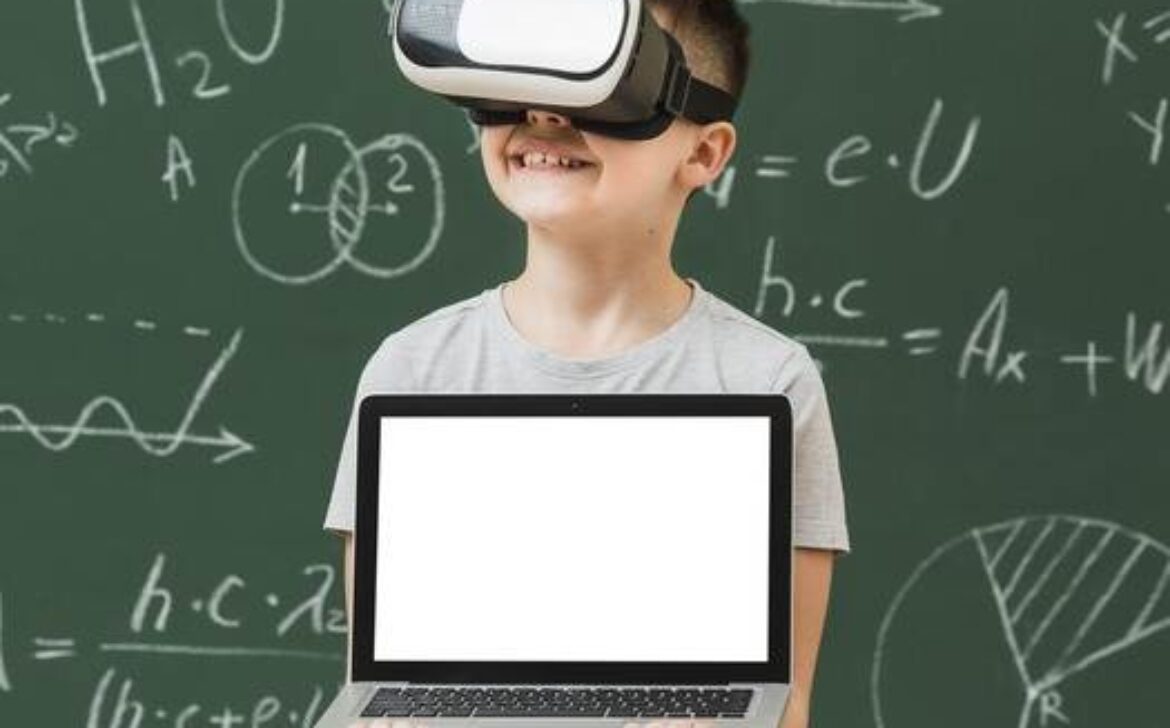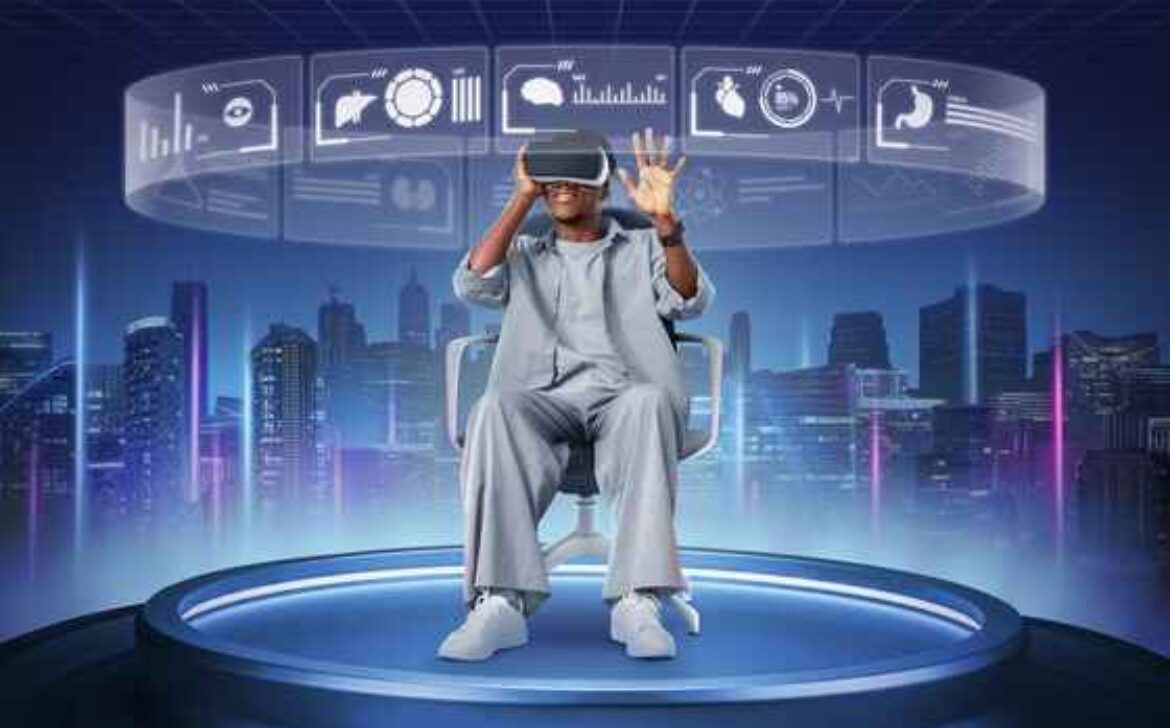Smart Home Innovations: Automation and Security Upgrades
In an age defined by technological leaps, the concept of the “smart home” has shifted from science fiction to everyday reality. Smart home innovations have revolutionized the way we live, introducing automation and security upgrades that promise unparalleled convenience and peace of mind.
Introduction: Embracing the Future of Living
The advent of smart home innovations has ushered us into an era where our living spaces are becoming more interconnected and responsive than ever before. The fusion of cutting-edge technology with our daily lives has given rise to homes that can think, learn, and adapt to our preferences.
The Foundation of Smart Homes: Automation
Voice-Activated Home Assistants
At the heart of smart home automation are voice-activated home assistants like Amazon’s Alexa, Google Assistant, and Apple’s Siri. These AI-powered companions respond to voice commands, acting as the control center for your home. They can set reminders, answer questions, and most importantly, manage your smart devices effortlessly.
Smart Lighting and Climate Control
Gone are the days of fumbling for light switches or adjusting thermostats manually. Smart lighting and climate control systems adapt to your preferences and routines. They can dim the lights, change colors, and even optimize energy usage, creating a comfortable ambiance while reducing your carbon footprint.
Automated Chore Systems
Robotic vacuum cleaners, smart dishwashers, and laundry machines that sync with your schedule – these automated chore systems redefine convenience. With the ability to set tasks remotely, you can return to a freshly vacuumed living room or find your laundry done when you step in the door.
Elevating Home Security Through Technology
Advanced Security Systems
Smart home security has become a top priority, and advancements in technology have led to state-of-the-art security systems. Motion sensors, window and door sensors, and glass break detectors work seamlessly together to create a comprehensive security net. Notifications are sent to your phone in real-time, keeping you informed no matter where you are.
Remote Surveillance Cameras
Modern security isn’t just about alarm systems. Remote surveillance cameras enable you to keep an eye on your property 24/7. Whether you’re at work or on vacation, you can access live video feeds through your smartphone, ensuring that your home is safe and sound.
Smart Locks and Access Control
Say goodbye to traditional keys. Smart locks offer keyless entry, allowing you to lock and unlock your doors remotely. Forgot to lock up before leaving? No problem – a quick tap on your phone and your home is secure.
Seamless Integration: The Hub of Connectivity
Centralized Home Control Panels
The true power of smart homes lies in their centralized control panels. These devices give you a bird’s eye view of your home’s connected ecosystem. From here, you can manage devices, set routines, and customize settings with just a few taps.
Interconnectivity of Devices
Smart home innovation thrives on interconnectivity. Your thermostat talks to your lighting system, which communicates with your security devices. This seamless interaction creates an orchestrated symphony of convenience that adapts to your needs.
Overcoming Challenges and Concerns
Privacy and Data Security
With great technology comes great responsibility. The interconnected nature of smart homes raises concerns about privacy and data security. Manufacturers are working to encrypt data and enhance privacy controls to address these challenges.
Dependency on Technology
While the convenience of smart homes is undeniable, there’s a need to strike a balance. Overreliance on technology can lead to vulnerability if systems fail. It’s important to retain basic skills even as we embrace automation.
Future Prospects: Where Smart Homes Are Heading
The journey of smart home innovation is ongoing. As technology evolves, we can expect even more seamless integration, energy efficiency, and personalized experiences. Homes will become even smarter, learning from our behaviors and becoming true companions in our daily lives.
Conclusion
In conclusion, smart home innovations are propelling us into a future where homes are more than just physical spaces. They’re becoming intuitive environments that cater to our every need. From automation that simplifies our lives to security upgrades that offer peace of mind, the smart home revolution is here to stay.











